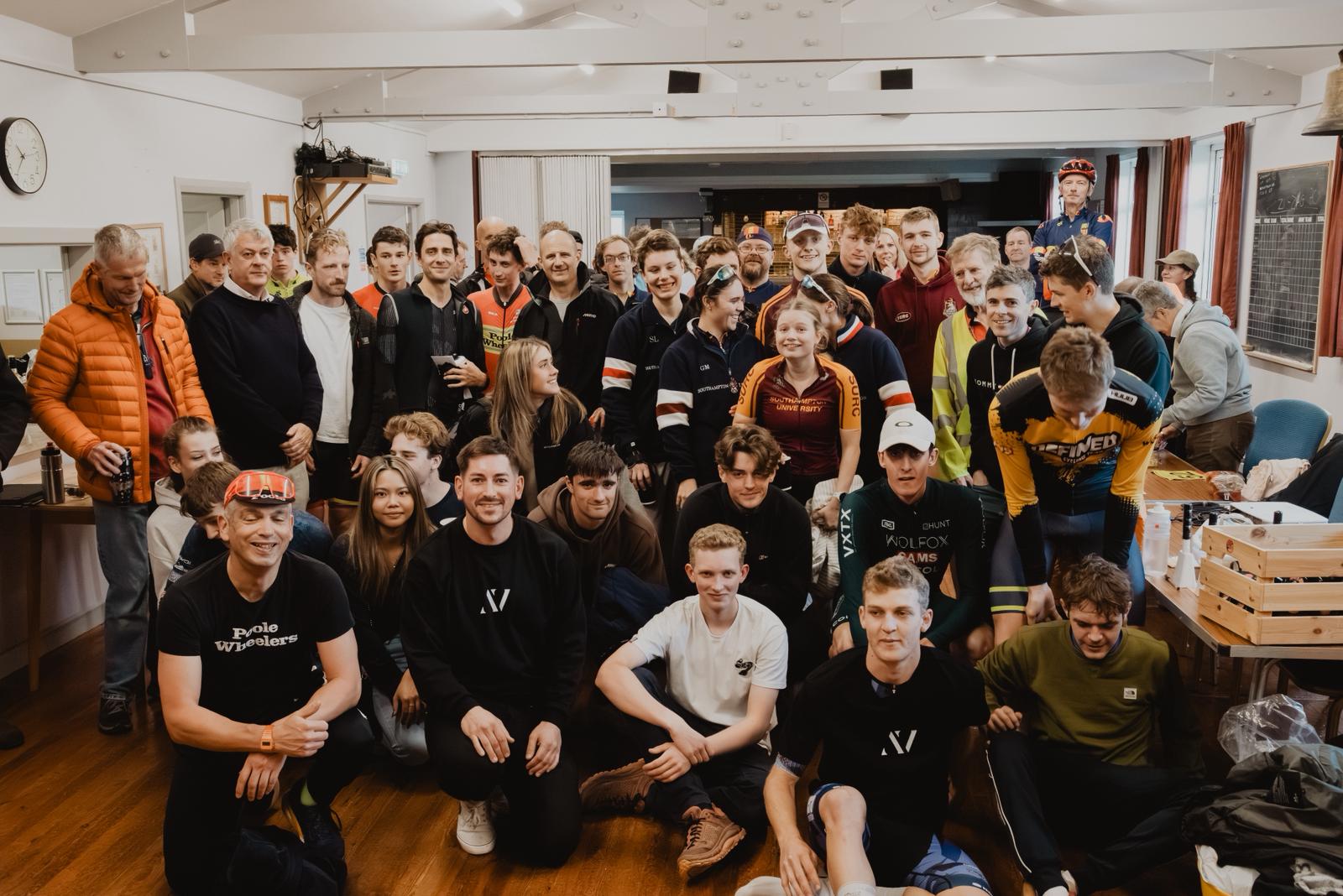As Storm Amy swept through the UK and Ireland last weekend, pulling walls of rain in its wake and leaving over 40,000 homes powerless, there was, on a hillside in Dorset, an afternoon of relative peace.
The ground, still damp from the day before, was a small memory of the storm that had ripped through the country – leaving in its wake “an incredibly strong tailwind” hugging the top of the hill (“I think a lot of riders were happy with that,” laughed the Zig Zag Hill Climb’s organiser, Elliott Colyer).
(Image credit: PelotonPix)
“It was basically everything that I hoped it would be”, a tired Colyer told Cycling Weekly after the event. “The mix of riders we had was really cool to see, from domestic riders through to local clubs and people who just enjoyed riding their bikes.
“And the atmosphere on the hill sections was really cool – there were lots of cowbells which definitely helped create the atmosphere. Coming back to HQ after everyone had finished, there was a really good buzz in the village hall, just like a really good sense of camaraderie, and just a happy sort of vibe.”
Colyer has cycling in his blood. As a kid, he would ride the New Forest with his dad, before properly committing to cycling training in sixth form, and competing in hill climbs in COVID. Having found himself back at home post-uni, as the summer began to shift to autumn, Colyer began scouring the Cycling Time Trials (CTT) map. While there were still races in Bristol and around London, he found there was next to no races in the Dorset area – and the idea for the Zig Zag Hill Climb began.
“The gradient isn’t anything special,” he said of the climb he fondly refers to as “Dorset’s mini Alpe d’Huez”. “You can find steeper [hills] for longer, but the fact that you’ve got three proper hairpins back to back is quite unique.”
“[Hill-climbing] is completely mental, but at the same time, it’s incredibly welcoming,” Colyer added.
“The barrier to entry is so low, because there’s no need for any specialist equipment. It really is just you and your bike, and if the weather’s quite horrible, which it’s mainly going to be in September/October/November, [the race is] only 5-10 minutes long.”

Back at HQ, warming up after the race and presentations
(Image credit: PelotonPix)
But the Zig-Zag climb was also hosted in response to wider – and worrying – trends in cycling.
“Lots of events and road races specifically are really struggling for entries and being able to cover their costs,” he said. “I think that it’s become like the chicken or the egg [situation] – riders wanting concrete information that [the race] is going to go ahead before they enter, but the race can’t go ahead if the organisers don’t have the entries.”
“I think it’s just got itself caught in a negative spiral at the moment. And it’s about, how can we flip that around?”
Colyer is taking matters into his own hands, the Zig Zag Hill Climb one step in his mission to address a dwindling domestic race scene.
“British professional road cycling is struggling with no male continental teams, fewer events and fewer chances. We don’t want to sit idly by – we’re going to try and build something that could help it change,” the 21-year old said.
“Next for me is transitioning towards setting up a British cycling team for next year with a couple of friends and people who helped put on the hill climb this weekend. It’s a team called Aero CLCTV.
“The two goals of the team are to try and reach the Tour of Britain within five years, and then help rebuild British cycling and the grassroots [scene] whilst we do it.”
“We believe British racing can be: community-powered, rider-focused, media-literate, and exciting again,” reads the collective’s mission statement, as they cement their squad now set to tackle National B races.
Coyler and the Aero CLCTV are one part of a wider network of clubs patching the gaps growing in the national race calendar, from Max Sillifant’s rescue of the Leicester Forest CC Road Race, to My Pad Racing’s lifeline funds for riders competing abroad.
Amidst mass-closures of bike shops and rising organisational costs, Colyer, and young riders intent on creating a thriving local scene like him, are laying the groundwork for an exciting future for British cycling.
Explore More
